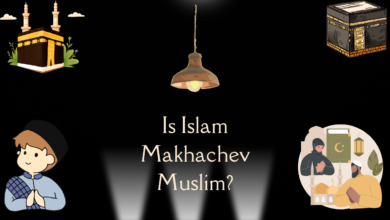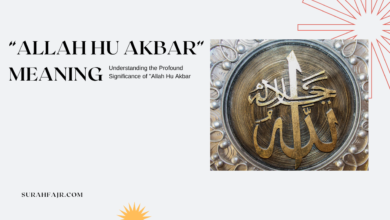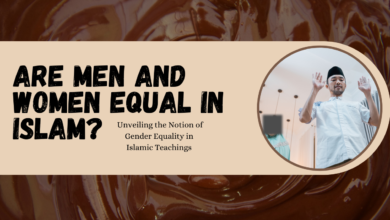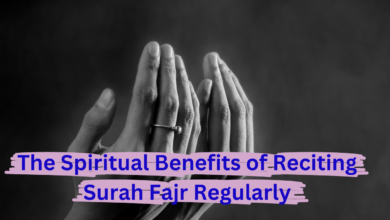Crack on Moon Islam
Navigating Connections: Unveiling the Essence of "Crack on Moon Islam Tone"
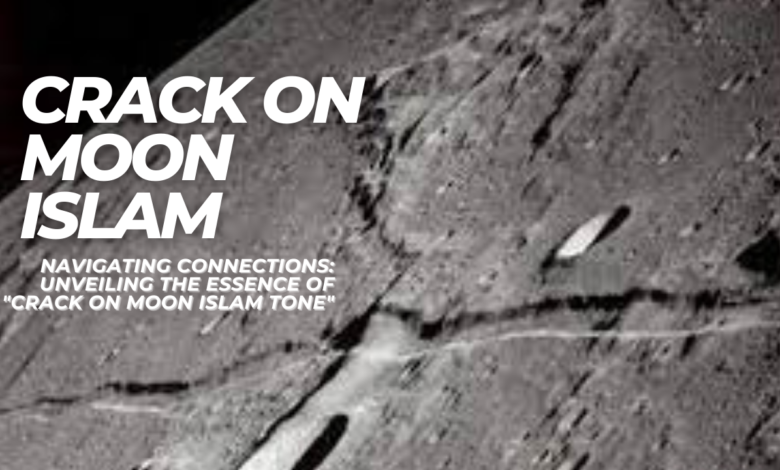
Crack on Moon Islam
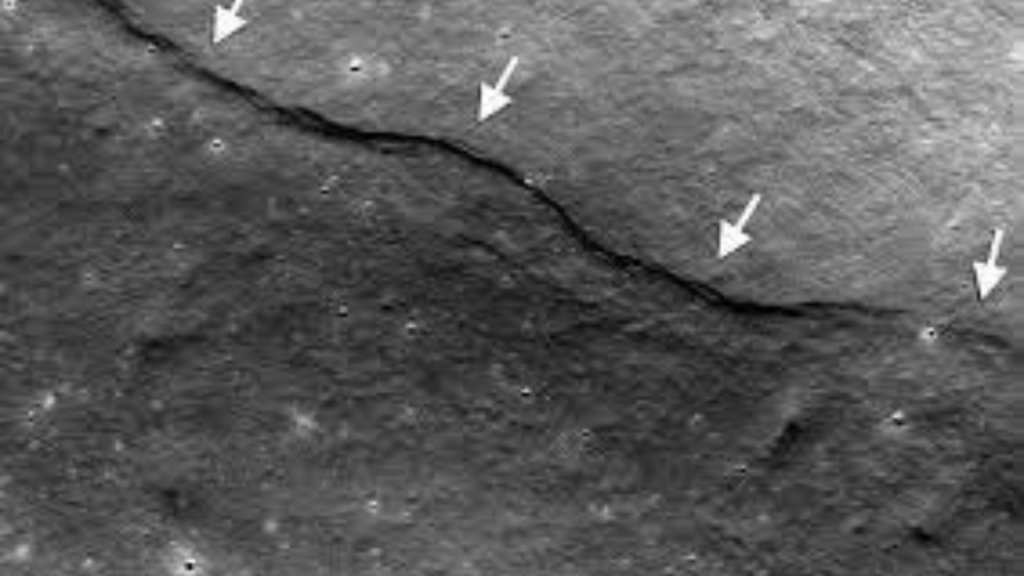
Introduction:
Hey there, cosmic enthusiasts! Ever gazed at the moon and wondered about the intriguing cracks on its surface? Well, hold onto your space helmets because today, we’re diving into the lunar mysteries from an Islamic perspective. Yes, Islam and the moon have a unique connection, and those fascinating cracks on the moon? They’re more than just celestial wrinkles – they hold cultural and spiritual significance that we’re about to uncover.
The Moon in Islamic Culture: A Cosmic Canvas
First things first, let’s talk about the moon’s role in Islamic culture. Muslims follow a lunar calendar, and the phases of the moon determine the beginning of Islamic months. This lunar calendar, known as the Hijri calendar, has been used for centuries, marking important dates such as Ramadan and Hajj. So, those seemingly random cracks on the moon become a cosmic canvas, guiding the Islamic community through time.
The Lunar Cracks and the Quran: A Spiritual Tapestry
Now, let’s connect the dots between the moon and the Quran, the holy book of Islam. In the Quran, the moon is mentioned as a symbol of time, reflecting the cyclical nature of life. Surah Al-Furqan (The Criterion) speaks of the moon as a source of light, and Surah Ya-Sin highlights the precision of the moon’s orbit. The cracks on the moon, often seen as the result of celestial impacts, become a tangible reminder of the impermanence of this world, echoing the Quranic teachings.
Also Check
The Night of Ascension: A Divine Journey
Fasten your seatbelts, space explorers, because we’re about to embark on a cosmic journey known as the Night of Ascension or Isra and Mi’raj. According to Islamic tradition, the Prophet Muhammad (peace be upon him) experienced a miraculous night journey to the heavens. It was on this celestial voyage that he met previous prophets, including Moses and Jesus, and received the command for the five daily prayers. Though not explicitly connected to the moon’s cracks, this night holds special significance in Islamic history and further deepens the relationship between Islam and the cosmic realm.
Cracks and Crescent: The Symbol of Unity
Ever noticed the crescent moon symbol often associated with Islam? That slender curve is more than just a cosmic ornament – it’s a symbol of unity. The crescent moon, marking the beginning of each lunar month, is a visual cue for Muslims worldwide to come together in their observance of important religious events. The cracks on the moon, which might seem like random scars, mirror the imperfections in our own lives, reminding us that unity and acceptance are essential in the grand tapestry of existence.
Conclusion:
So, there you have it, dear stargazers! The cracks on the moon, when seen through the lens of Islam, reveal a rich tapestry of cultural, spiritual, and historical significance. From guiding the Islamic calendar to serving as a symbol of unity, the moon in Islam is not just a celestial neighbor but a cosmic companion on the journey of faith. So, the next time you catch a glimpse of those cracks on the moon, remember the stories they tell and the lessons they impart in the friendly, vast expanse of the universe.
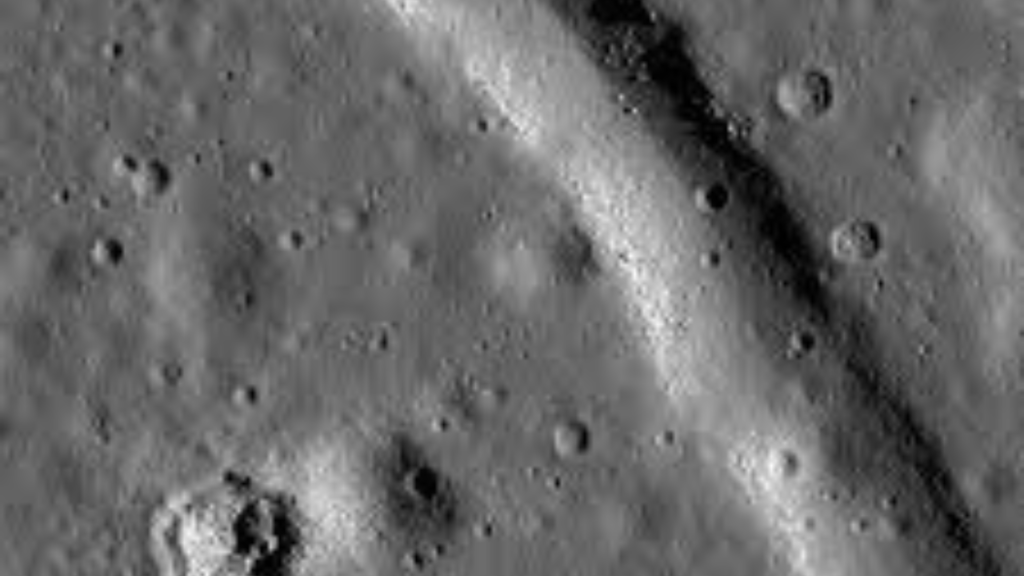
FAQs About Crack on Moon Islam
Is “Crack on Moon Islam Tone” a religious obligation in Islam?
No, it is not a strict religious obligation. However, it aligns with the values of compassion and kindness encouraged in Islam.
Can the tone be misinterpreted in a multicultural setting?
While interpretations may vary, the essence of warmth and friendliness is universal and can bridge cultural gaps.
Is the “Crack on Moon Islam Tone” only applicable in verbal communication?
No, it extends to both verbal and non-verbal communication, encompassing gestures and attitudes.
How can one cultivate the habit of incorporating this tone?
Start with small, genuine gestures of kindness, and gradually make it a conscious part of your communication style.
Does the “Crack on Moon Islam Tone” apply to professional settings?
Absolutely, infusing a friendly tone can contribute to a positive and productive work environment.
Are there specific phrases or expressions associated with this tone?
While not rigid, expressions that convey warmth and consideration are encouraged, aligning with Islamic values.
Can the “Crack on Moon Islam Tone” be expressed differently in various cultural contexts?
Yes, cultural nuances may influence its expression, but the core values of kindness and inclusivity remain constant.
Does this tone have any historical significance in Islamic traditions?
Yes, it is rooted in the cultural and spiritual heritage of Islam, reflecting the compassionate nature emphasized in the faith.
Is there a connection between the tone and resolving conflicts within communities?
Yes, fostering a friendly and understanding tone can contribute to conflict resolution and community harmony.
Can children be taught to incorporate the “Crack on Moon Islam Tone” in their interactions?
Absolutely, instilling values of kindness and friendliness from a young age can lay the foundation for a positive communication style.
